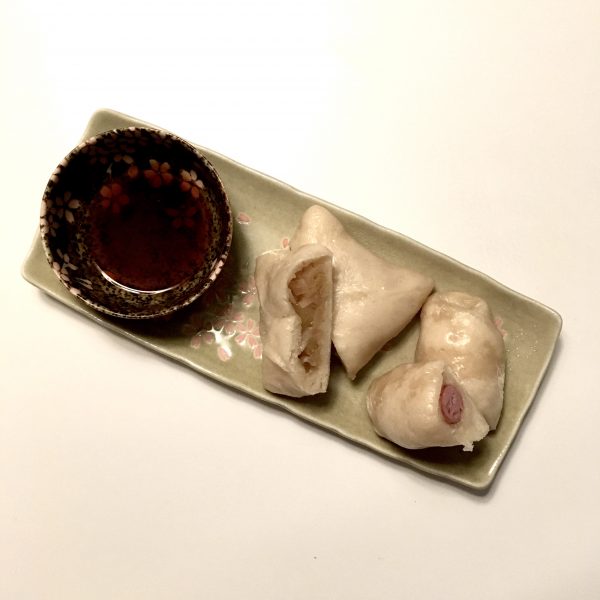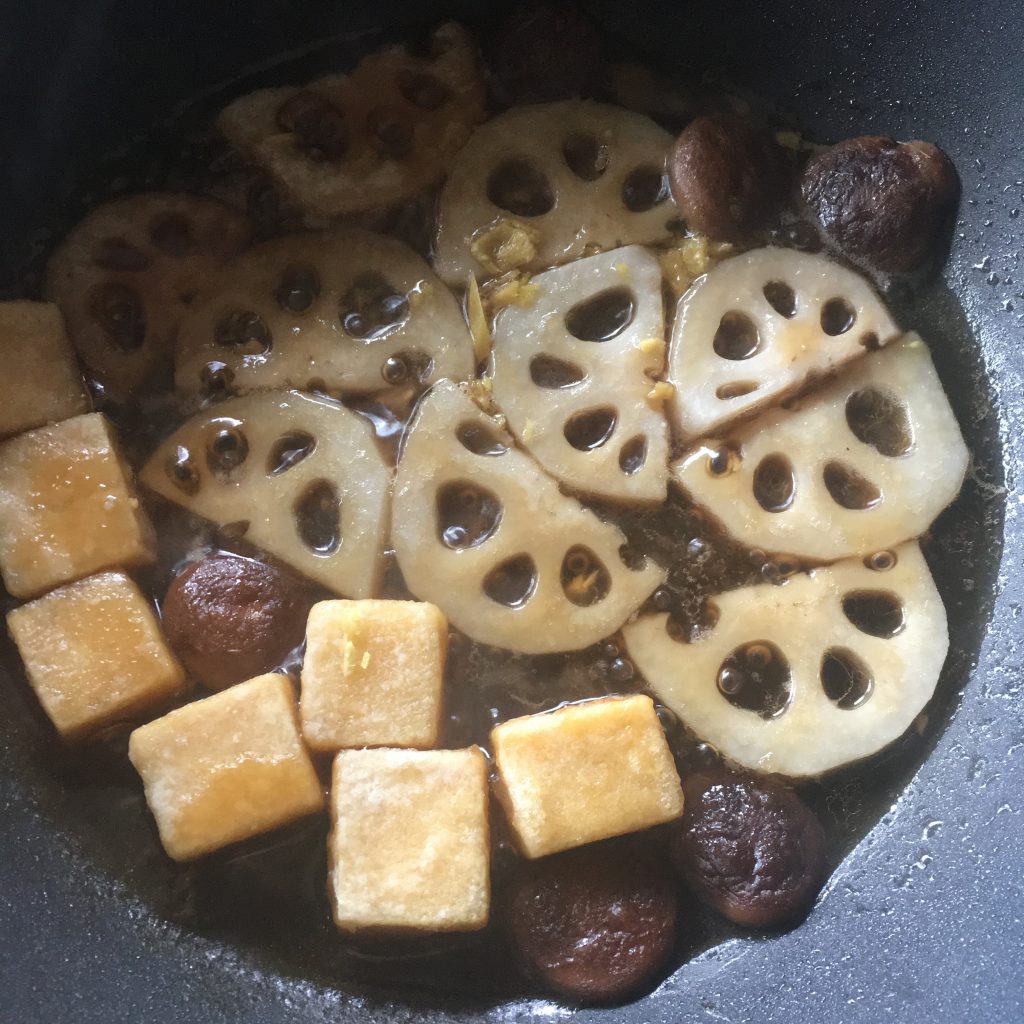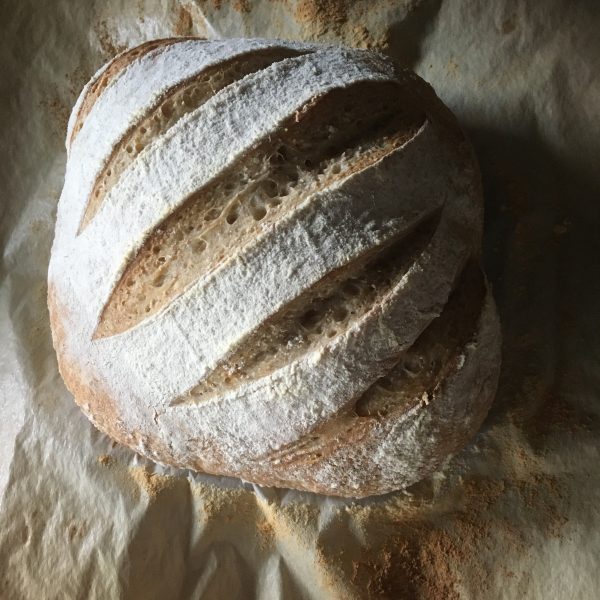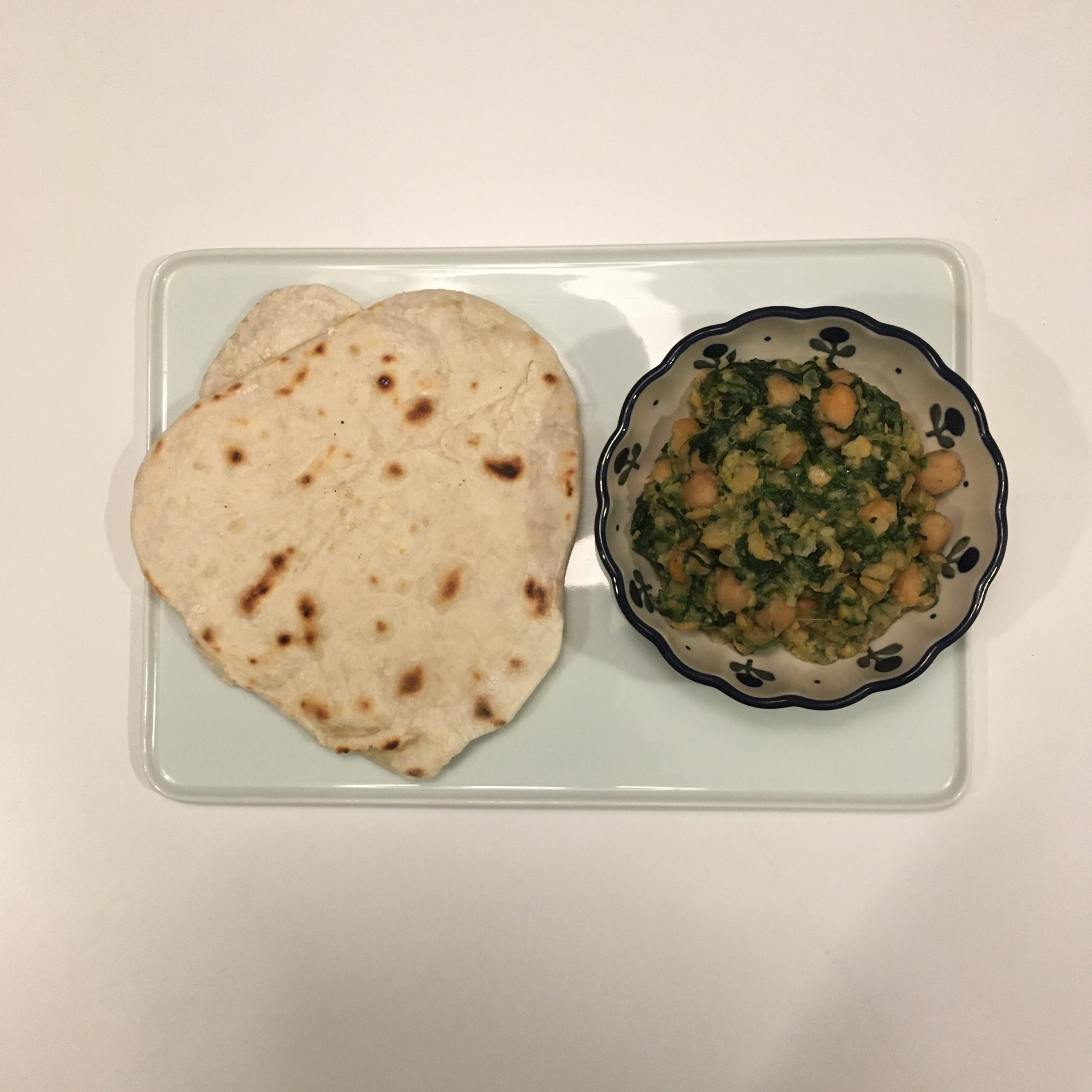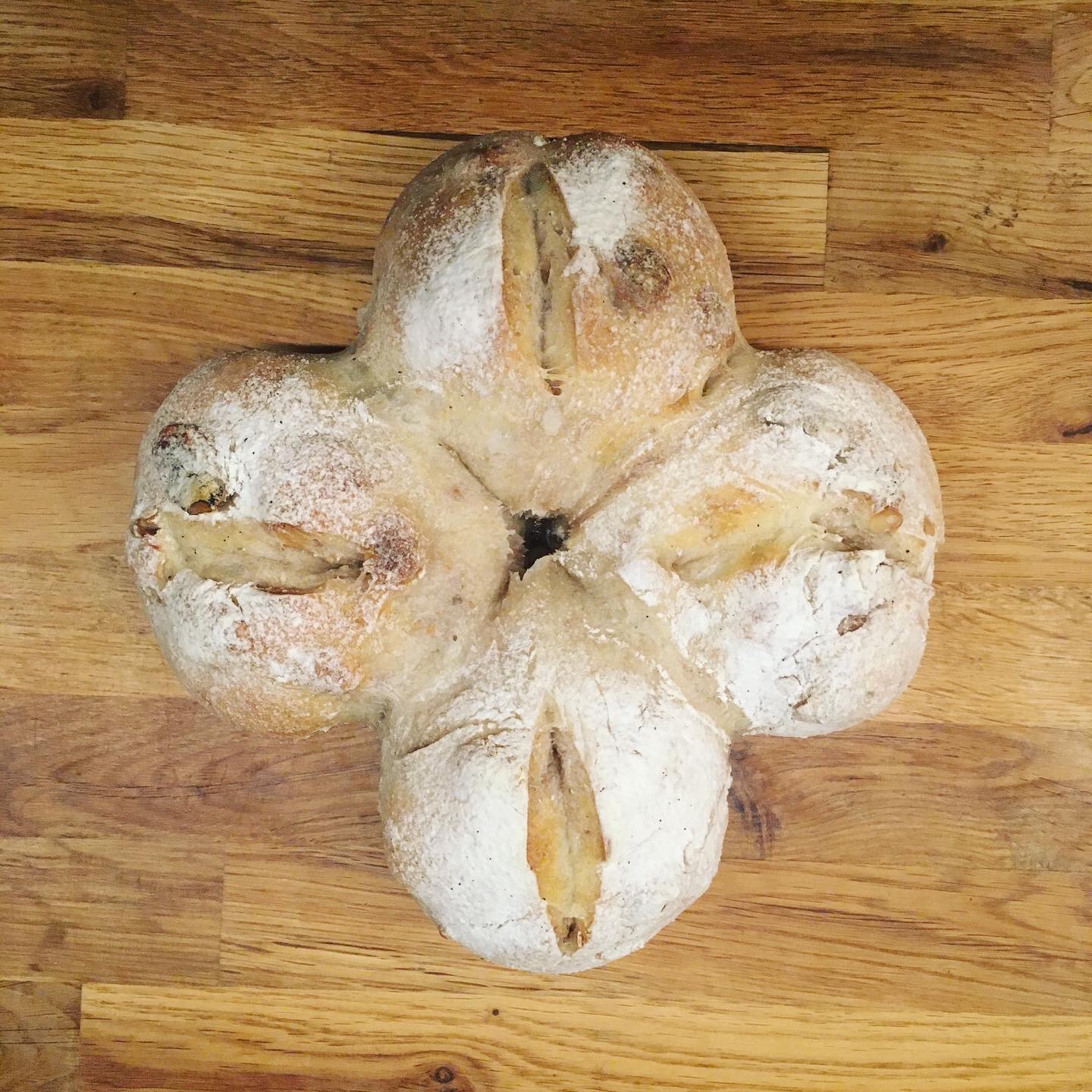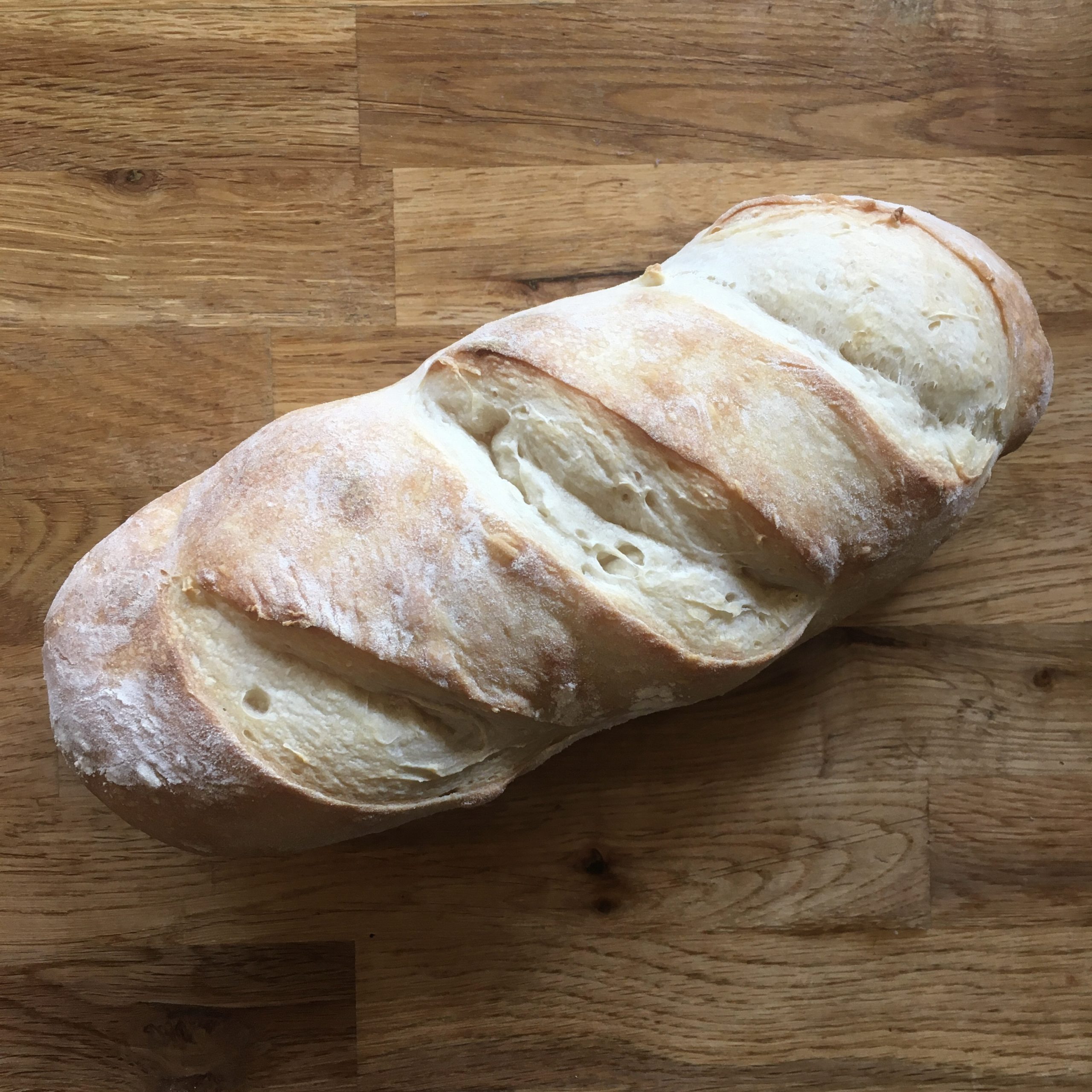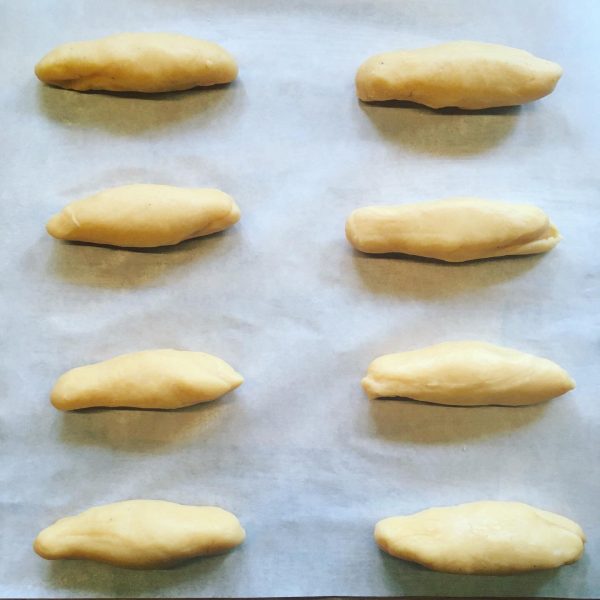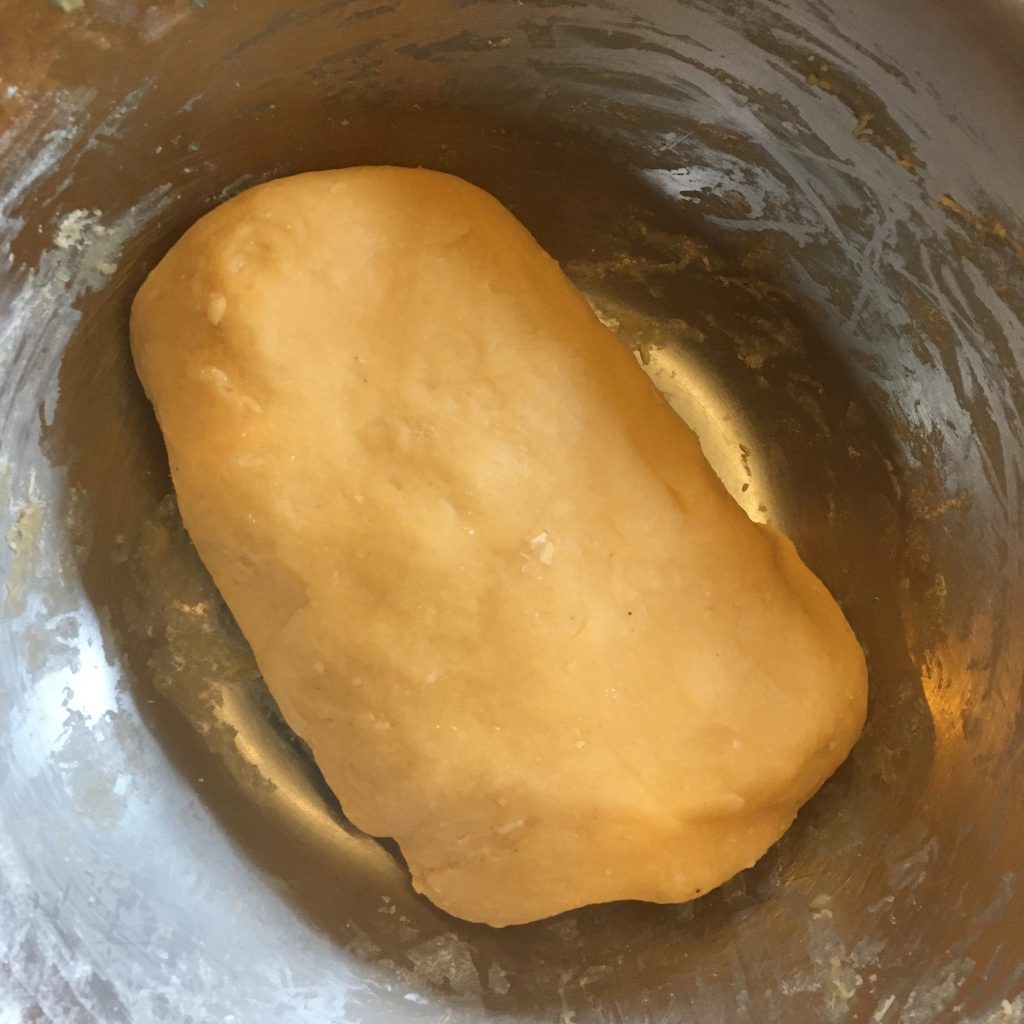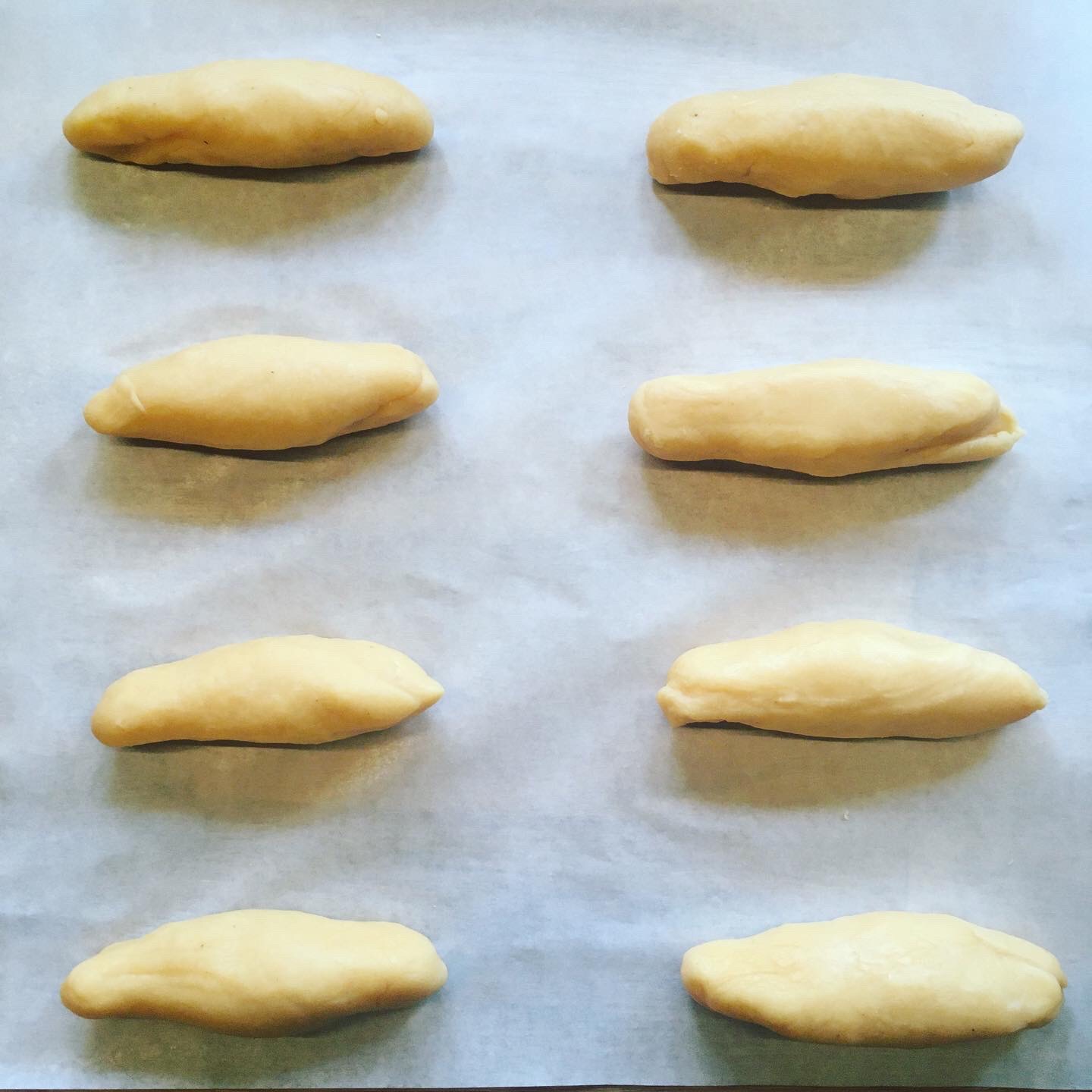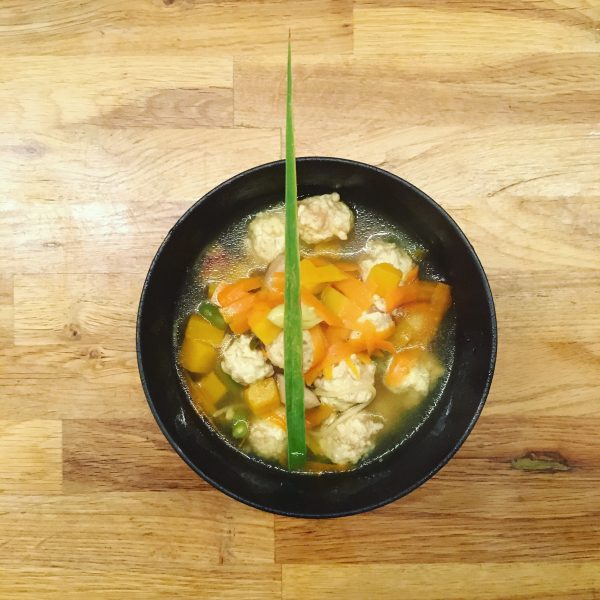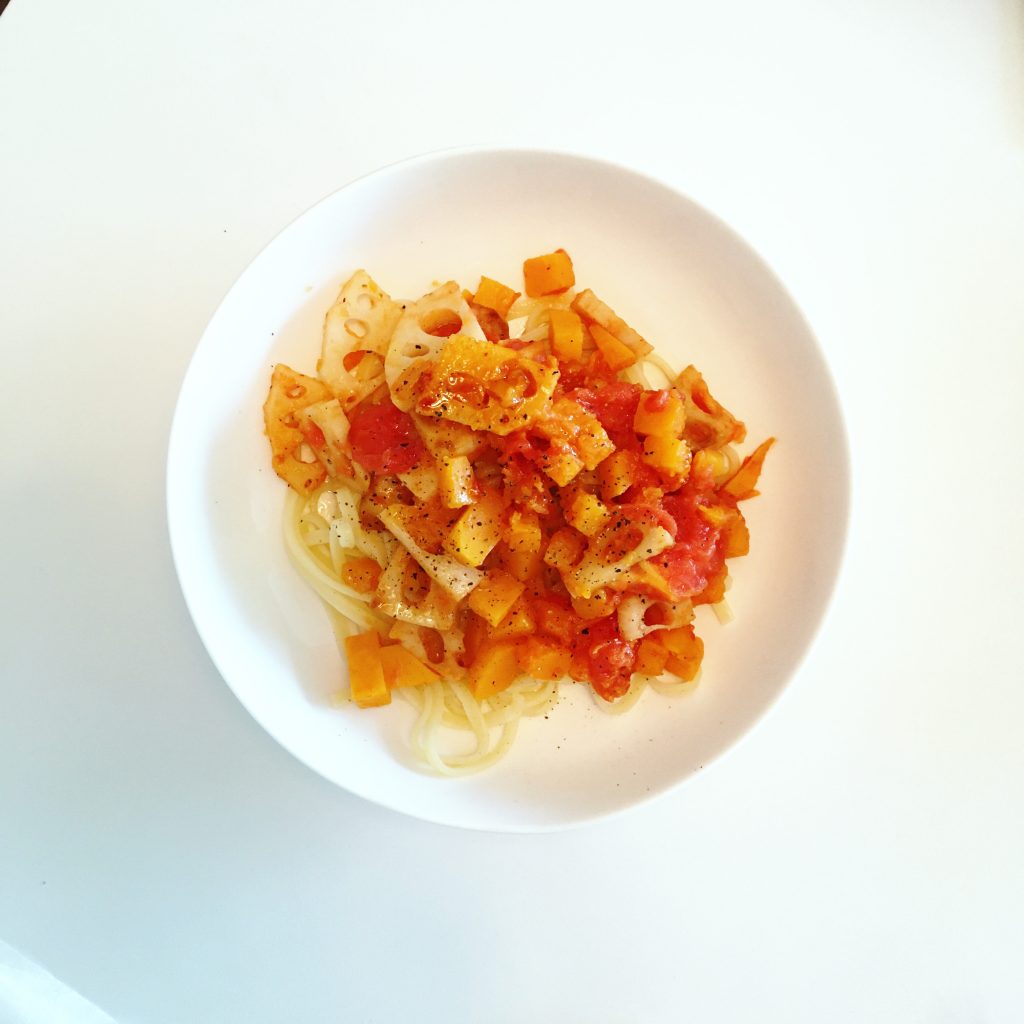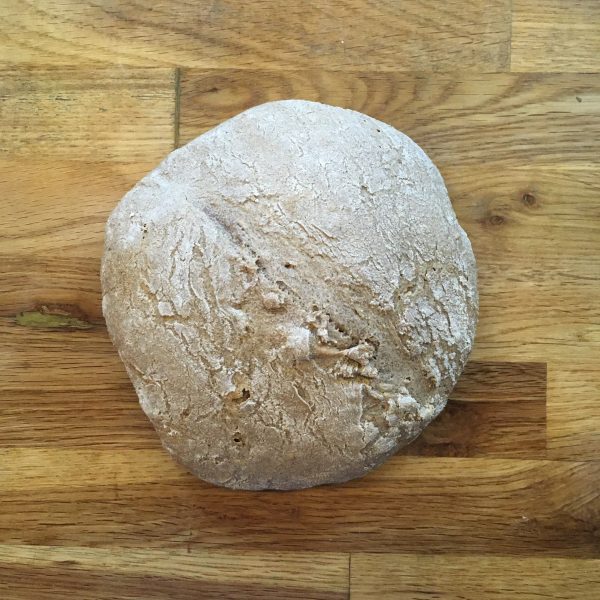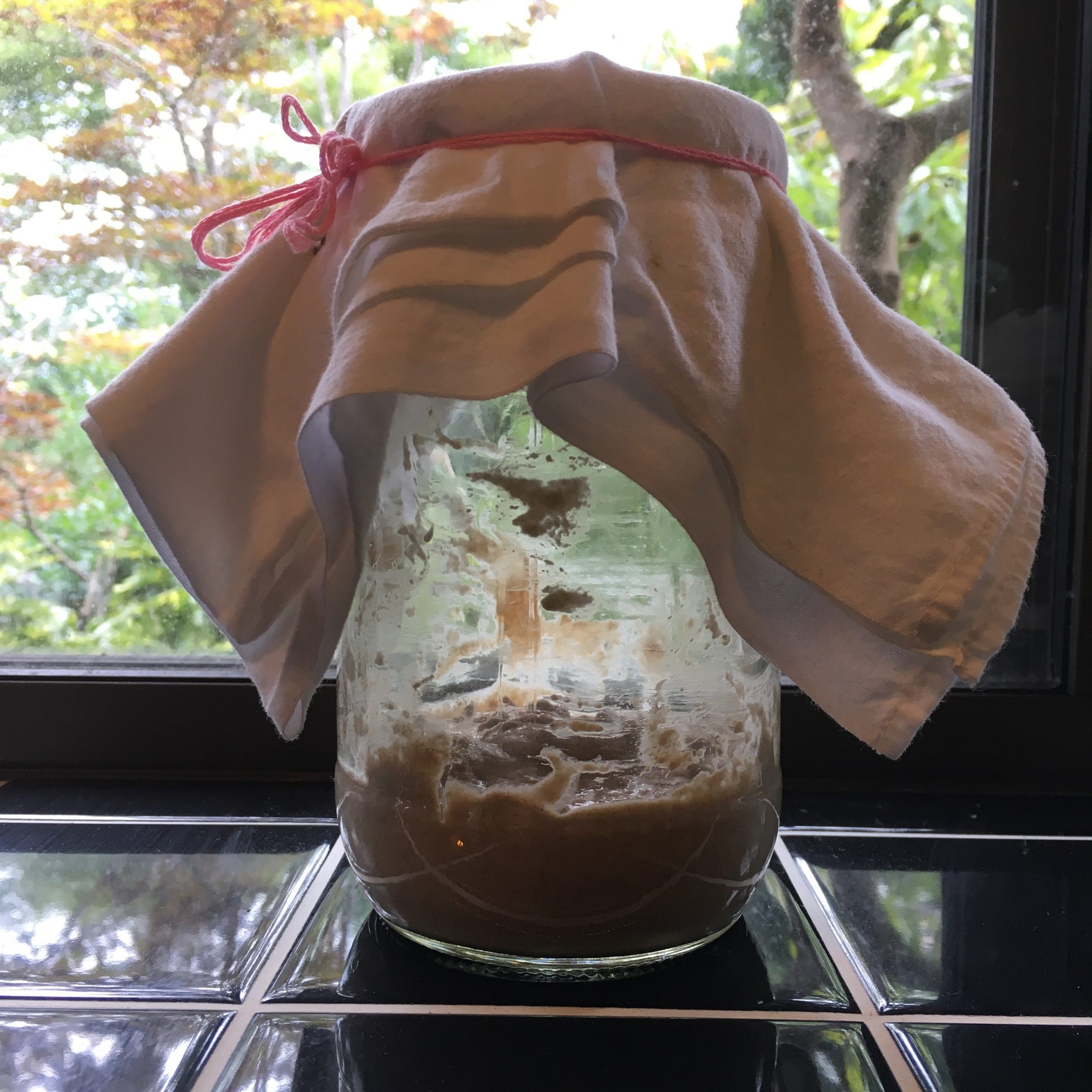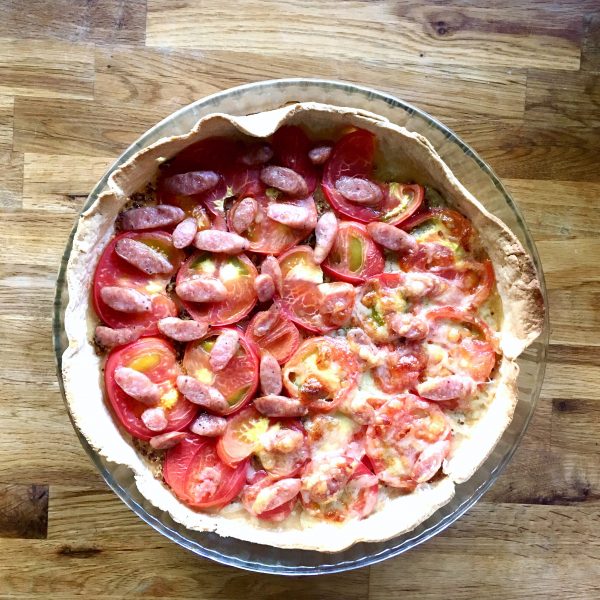I’m still new to the sourdough owner community and a novice still learning many things with my 6months old Lois. We have had a difficult start, very… but I must say that I am impressed by its behavior for the past few weeks. I am keeping exactly the same regimen and treatments, keeping it in the fridge during the week and outside during the weekend to bake that I have always had. But now Lois is responding in a beautiful way… is it that spring is in the air? I can’t yet explain it and wish it will last… It doesn’t starve in the fridge after 2 days (Lois is/was a glutton), rather the contrary. And anytime I use it to bake it has a much better taste and smell and a faster process. It’s making baking easy and very very enjoyable. So pleased that I decided to use it to make bao again. I filled them with what I had in the fridge: onions and smoked sausages. Chiba prefecture has quite a few pork farms and some make rather delicious sausages, that A. likes very very much so I always have some in the fridge, just in case. So here is the recipe of the bao.
Bao (makes 8 pieces)
For the buns
- 200g of flour
- 50g of sourdough
- A pinch of salt
- Water
For the filling
- 1 onion
- 4 little (smoked) sausages
- A large pinch of cinnamon
First prepare the bun dough as it needs a few hours to raise. In a bowl mix the flower, the sourdough and the salt. Add water little by little while kneading to obtain a slightly wet dough. Soft and smooth. Leave to raise for some time (a few hours depending on your sourdough, room temperature…). It should raise and at least become elastic with an homogeneous texture. While it’s raising, peel and chop the onion rather thinly. In a pan cook the onions at low heat, with a bit of water. They shouldn’t change color much. Add a bit of salt and the cinnamon. Continue cooking under cover until very soft and tender. Add a bit of water if needed to avoid roasting them. Once cooked, let cool down.
Now your dough should have raised enough. Cut it in 8 equal pieces, and make 8 balls. Roll each of them a floured top into 15cm rounds. Split the onion in 4, and fill 4 of the dough rounds. Roll the 4 sausages each in a dough round and roll them. Let them rest for an hour our two.
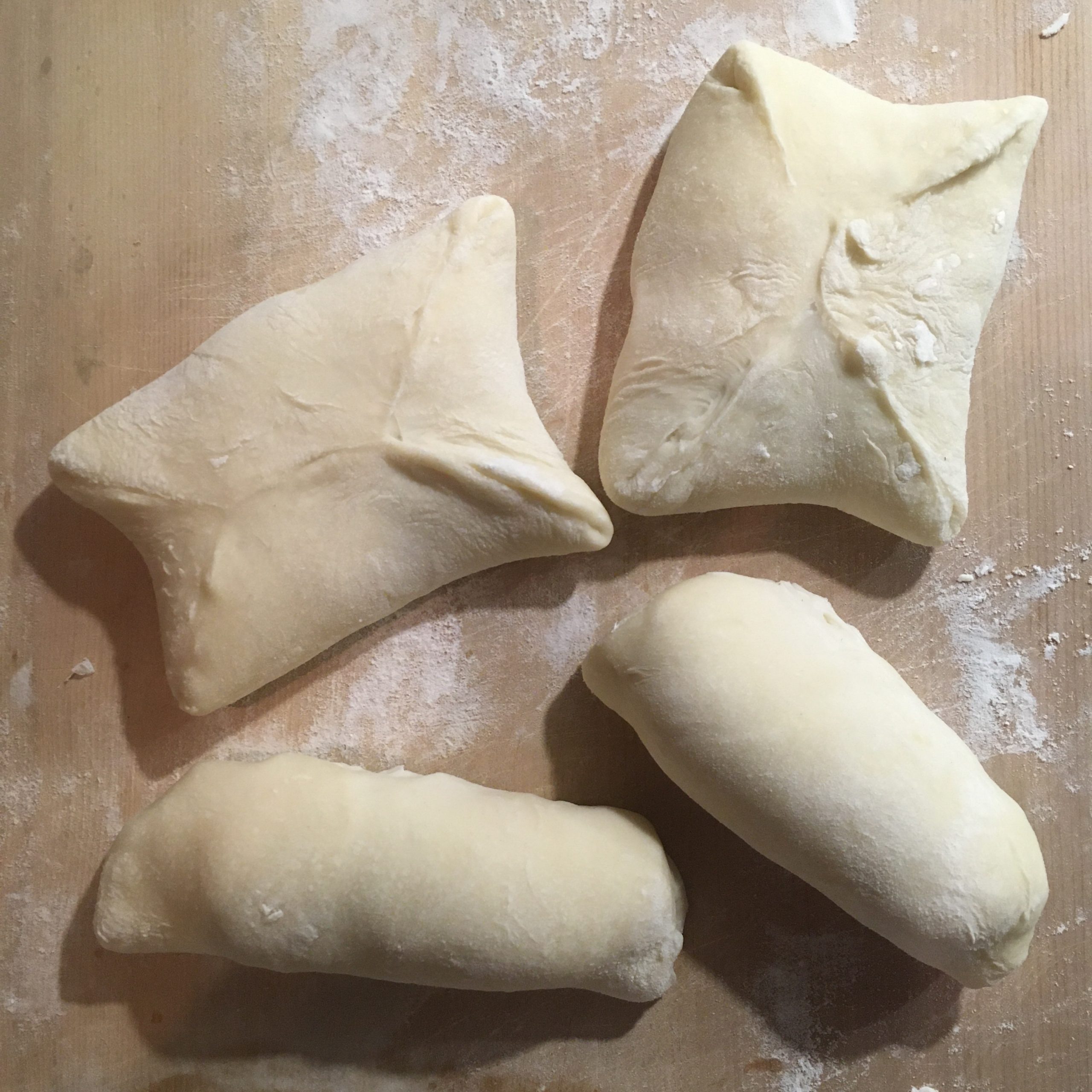
Prepare a steamer and steam them for 15min. I put them on a square of cooking paper to avoid them to stick, and put a lot of space between as they will inflate quite a bit.
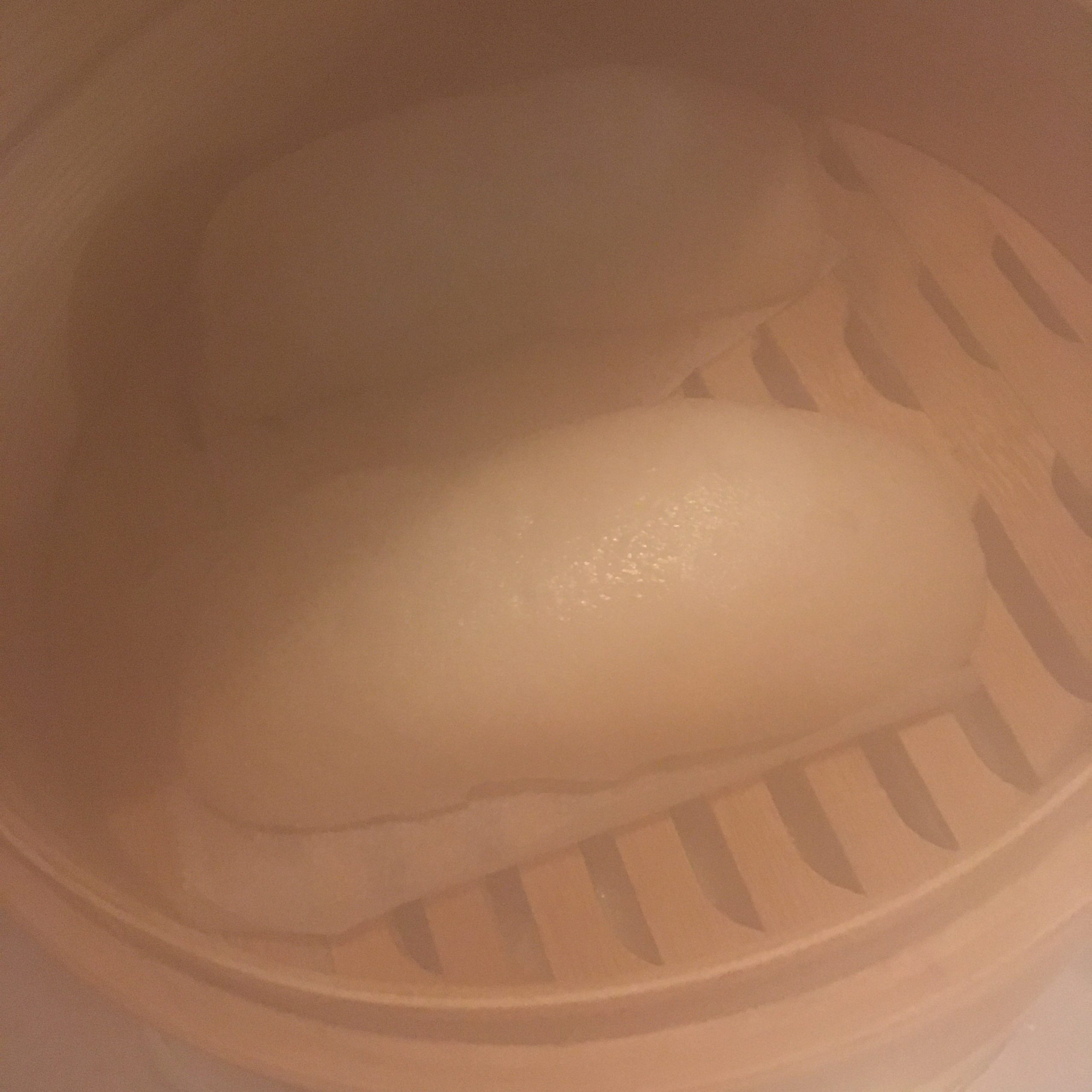
Finally I served with soya sauce. The sausage bao could be nice with a bit of karashi (Japan kind of mustard), but I didn’t have any…

